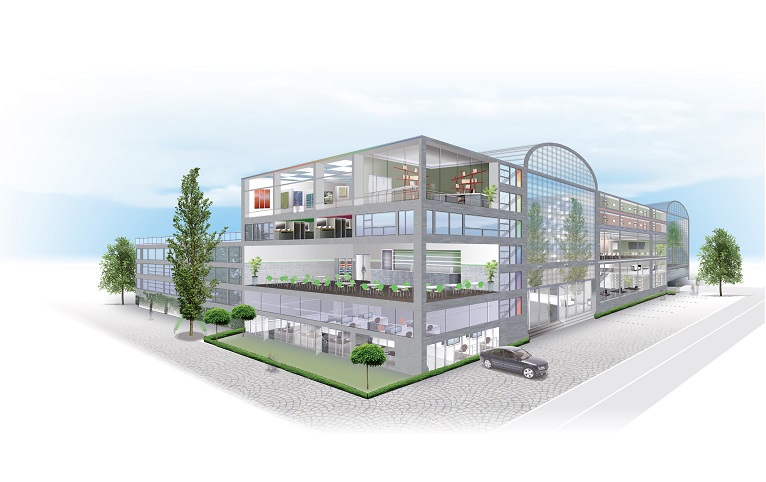Lighting Technologies & Controls: Services - Lighting Controls Strategies
Lighting controls strategies forms the foundations of the control duty schedules for the project. Energy savings is a direct result for lighting controlled solutions using lighting controls strategies. Expected energy savings for each strategy -mentioned here- are only an average expression based on a specific baseline, where different conditions may conclude in different results.
| Daylight Linking | Daylight (lumen) sensors can automatically adapt the lighting levels taking into account the available daylight.
Expected Energy Savings: up to 20% |
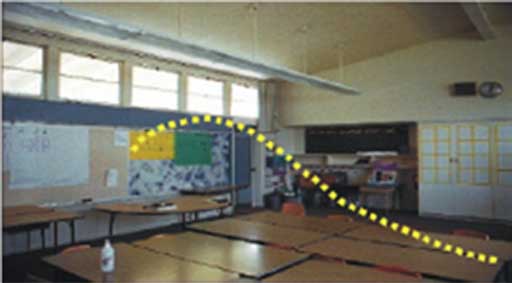 |
|---|---|---|
Task Tuning |
Energy waste caused by over- lighting is avoided by setting standard lighting levels based on specific jobs or applications.
Expected Energy Savings: up to 30% |
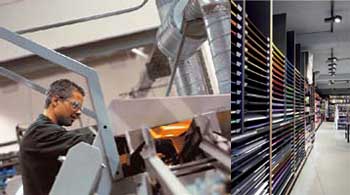 |
Occupancy Control |
Movement dependent sensors can automatically switch the lighting on or off or dim it.
Expected Energy Savings: up to 35% |
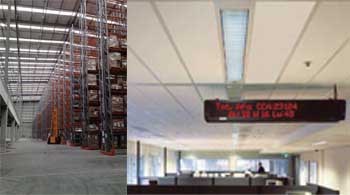 |
| Individual Control | Users are able to personalise the lighting if they have control over the lighting at their workplace. This is easily done with pcs personal control software, and/or mobiles apps.
Expected Energy Savings: up to 35% |
 |
| Intelligent time control | The lighting adjusts automatically on the basis of set calendar schedules. This is very important in specific parts of many buildings, for example to define day and night scenes, or to automatically updates meeting rooms schedules.
Expected Energy Savings: up to 50% |
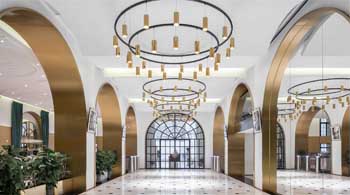 |
| Scenario Setting | By defining scenarios, the lighting easily adjusts to the various functions of the same room. Another inmporatant application, is the architectural lighting scenarios using specific lighting scenes specified for special events or periodic scheduled calender. Expected Energy Savings: (not defined) |
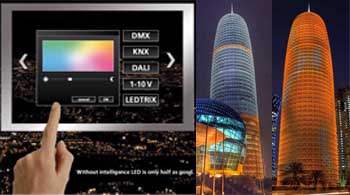 |
| Restriction of peak capacity and demand response |
By continuously monitoring the power in a building and automatically controlling the lighting via dimming or switching, peak loads can be reduced. This can also be done selectively of course, e.g. based on the importance of an area. While DR programs that utilities offer are essential tools for managing demand and are a key component of governmental energy policy. Expected Energy Savings: up to 10% |
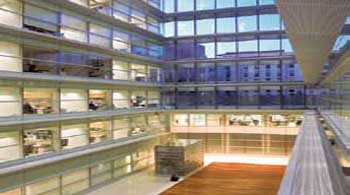 |
| Lumen Maintenance Dimming | For most lighting installation, a 80% lumens factor for indoors systems or 60% for outdoors systems are applied. Therefore dimming down to the designed standard lumens values helps saving energy and fixtures life time. Expected Energy Savings: up to 20% |
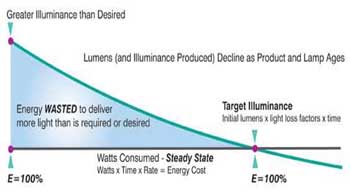 |
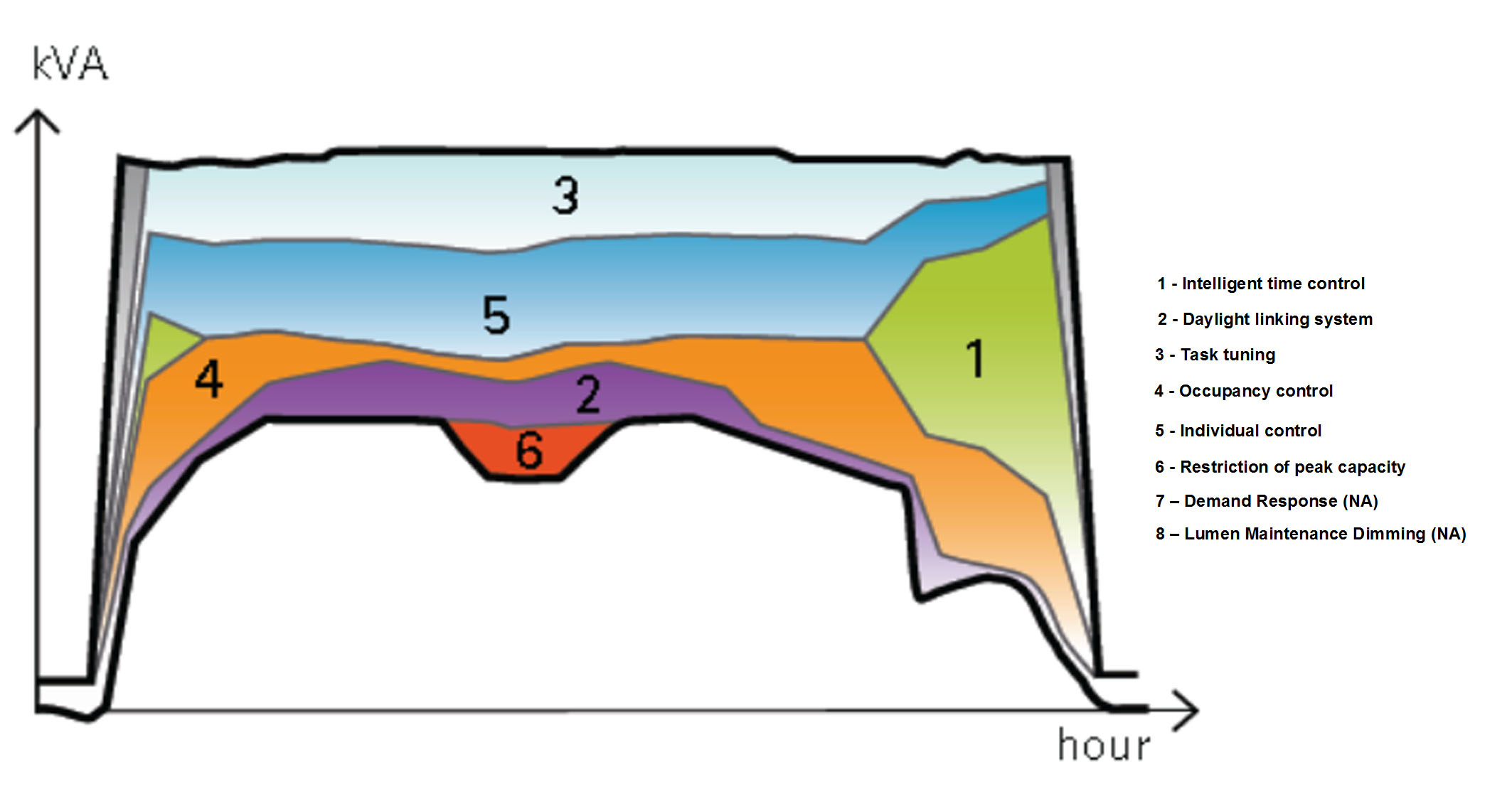
Lighting Controls Applications Guides
| Systems Overview Guide |
|---|

